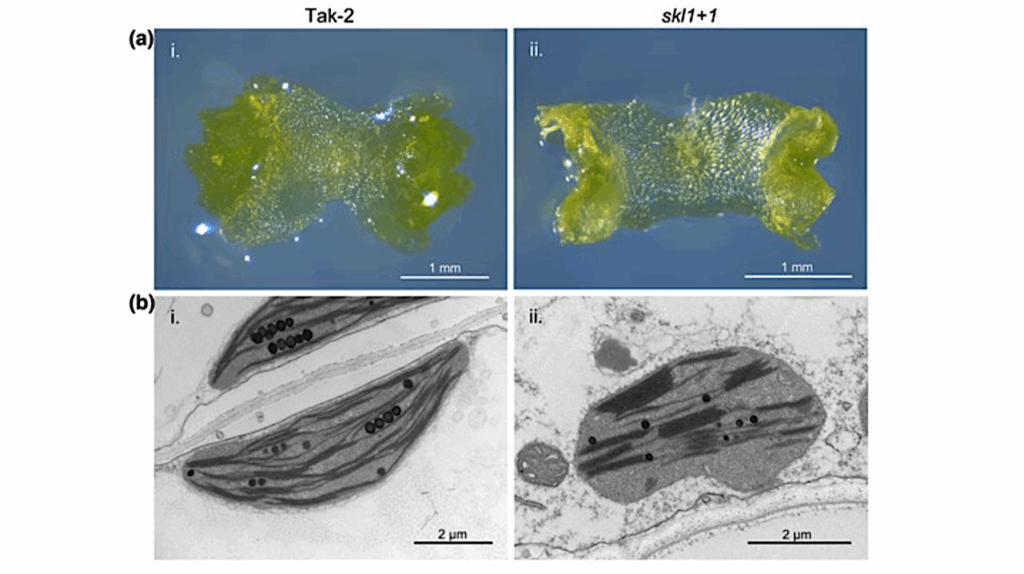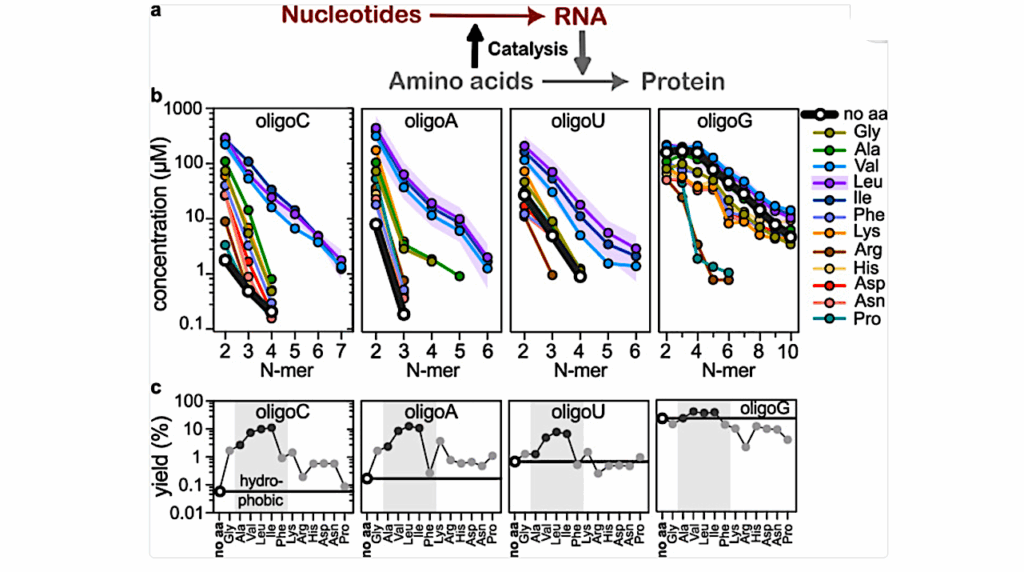Symmetry And Simplicity Spontaneously Emerge From The Algorithmic Nature Of Evolution

Engineers routinely design systems to be modular and symmetric in order to increase robustness to perturbations and to facilitate alterations at a later date. Biological structures also frequently exhibit modularity and symmetry, but the origin of such trends is much less well understood.
It can be tempting to assume – by analogy to engineering design – that symmetry and modularity arise from natural selection. But evolution, unlike engineers, cannot plan ahead, and so these traits must also afford some immediate selective advantage which is hard to reconcile with the breadth of systems where symmetry is observed.
Here we introduce an alternative non-adaptive hypothesis based on an algorithmic picture of evolution. It suggests that symmetric structures preferentially arise not just due to natural selection, but also because they require less specific information to encode, and are therefore much more likely to appear as phenotypic variation through random mutations.
Arguments from algorithmic information theory can formalise this intuition, leading to the prediction that many genotype-phenotype maps are exponentially biased towards phenotypes with low descriptional complexity. A preference for symmetry is a special case of this bias towards compressible descriptions.
We test these predictions with extensive biological data, showing that that protein complexes, RNA secondary structures, and a model gene-regulatory network all exhibit the expected exponential bias towards simpler (and more symmetric) phenotypes. Lower descriptional complexity also correlates with higher mutational robustness, which may aid the evolution of complex modular assemblies of multiple components.
Symmetry and simplicity spontaneously emerge from the algorithmic nature of evolution, PNAS
Iain G Johnston, Kamaludin Dingle, eSam F. Greenbury, Chico Q. Camargo, Jonathan P. K. Doye, Sebastian E. Ahnert, View ORCID ProfileArd A. Louis
doi: https://doi.org/10.1101/2021.07.28.454038
https://www.biorxiv.org/content/10.1101/2021.07.28.454038v2
Astrobiology








